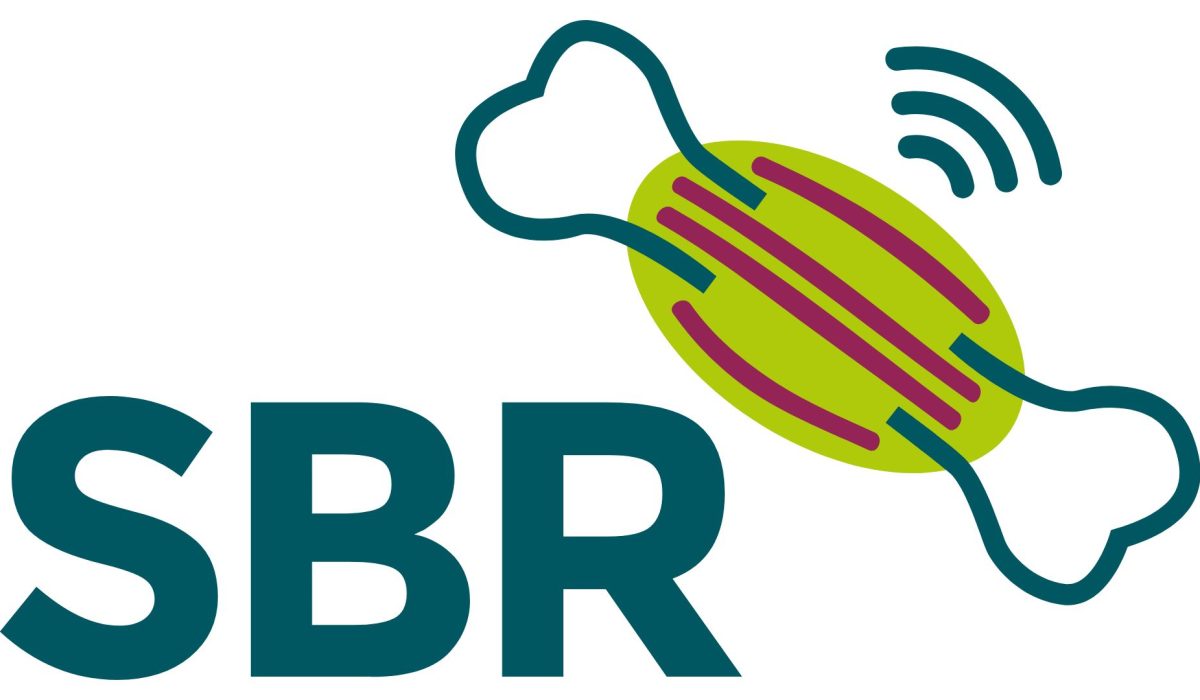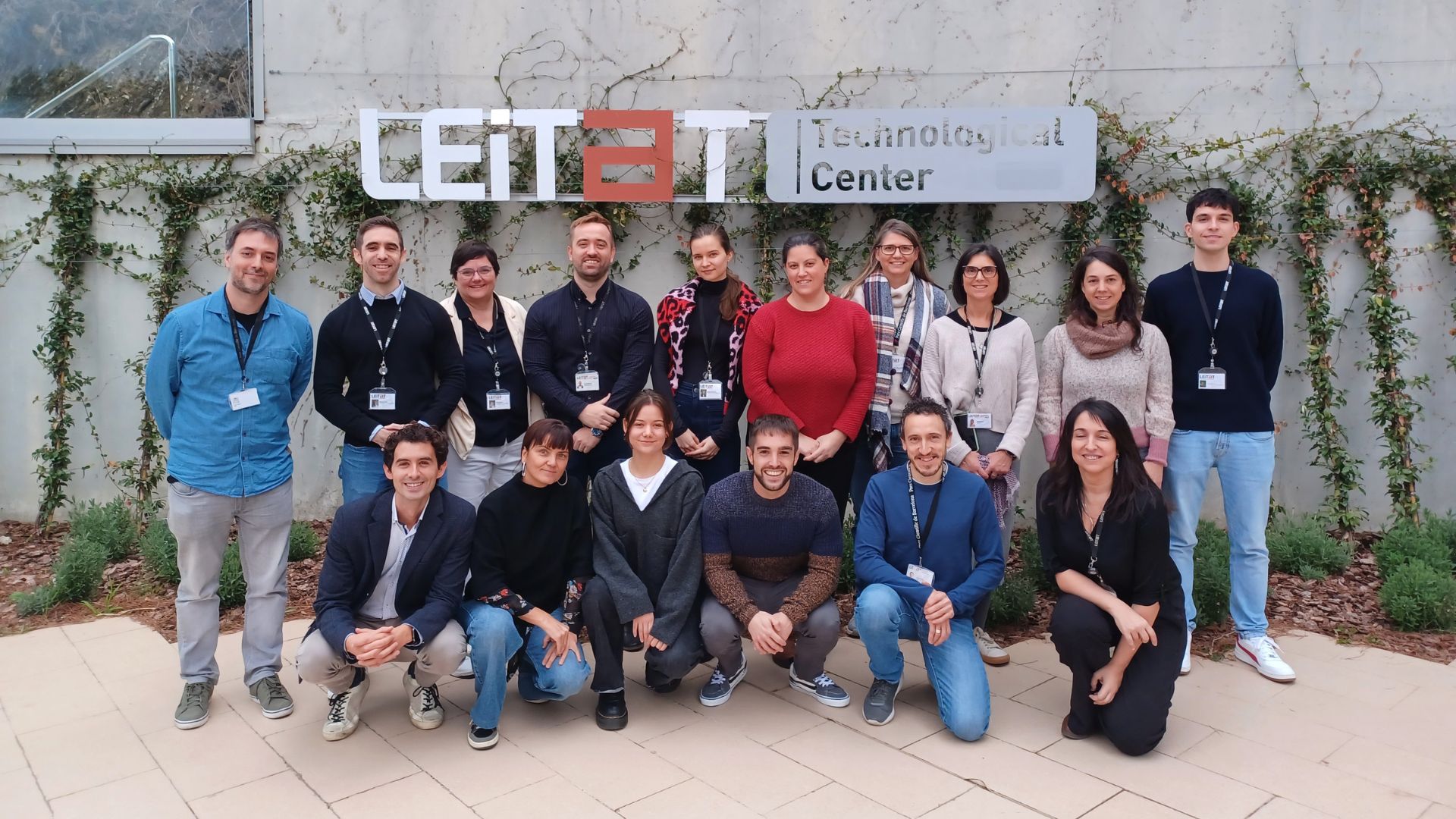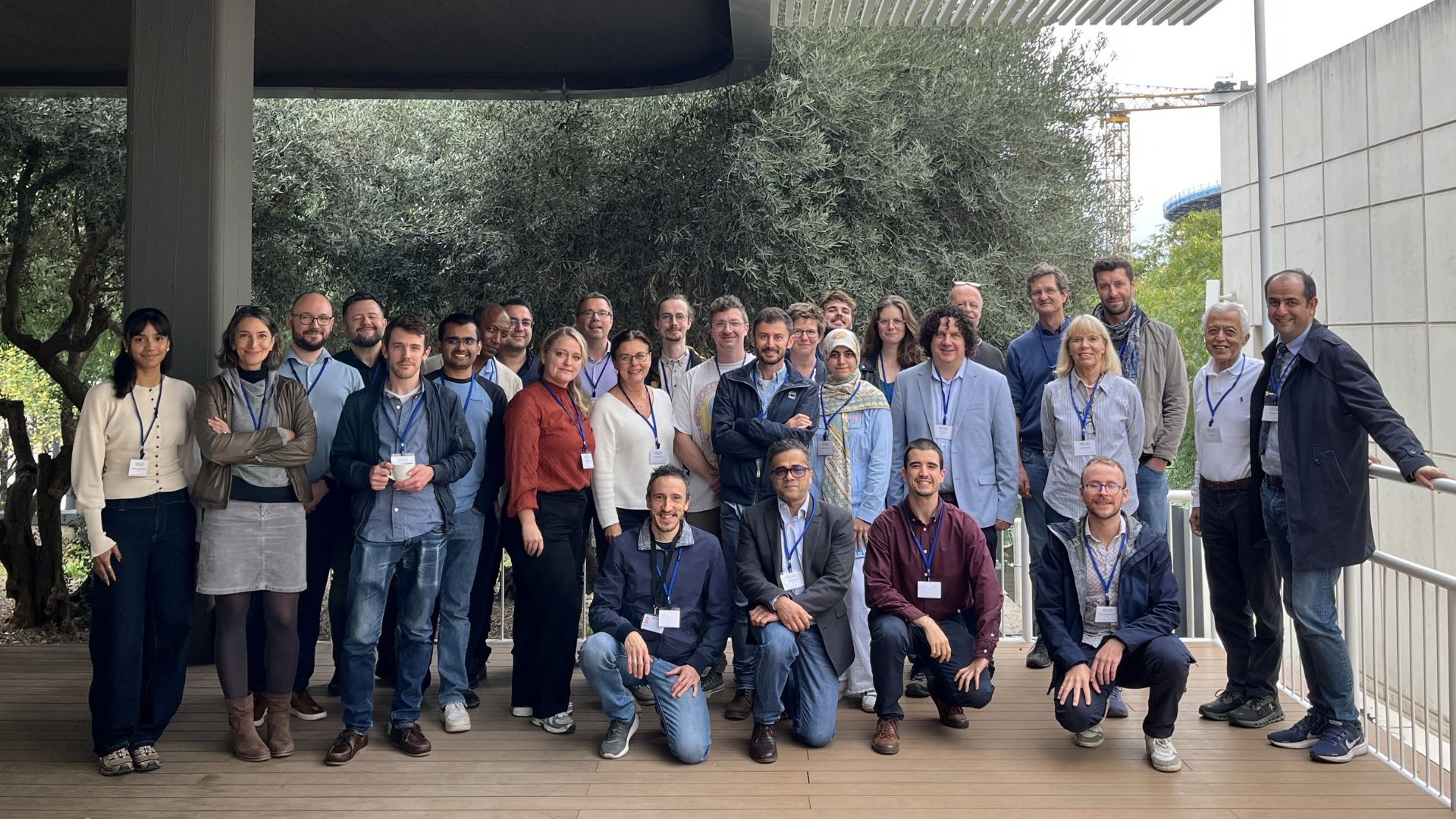On 21st November 2024, the SBR consortium gathered online for its final meeting, marking the conclusion of more than five years of collaborative work to develop new treatment options for patients with large bone defects. The session was an opportunity to present the main project results and to prepare for the upcoming Review Meeting with the European Commission.
For Leitat, SBR has been a significant step forward in sensor development and biosensing technologies. Our researchers focused on electrode production and inkjet-printing techniques, which led to the creation of a point-of-care biosensor capable of detecting the inflammatory biomarker TGFβ1. This device successfully reached the stage of a diagnostic tool, although further studies are needed to ensure its biocompatibility and implantability in the human body.
The project also allowed Leitat to advance in the monitoring of in vivo bone regeneration, following the SBR implant from its manufacturing process to tests with real samples.
These achievements were made possible thanks to the collaboration of an outstanding consortium, bringing together leading institutions from across Europe: University of Patras, RESCOLL Technology Centre of Materials, GenesInk, Swiss Center for Electronics and Microtechnology SA, OZ Biosciences, University of Leeds, Klinikum rechts der Isar der Technischen Universität München, European Research and Project Office GmbH, ASPHALION, ARI – AO Research Institute, and Leitat.
Overall, the SBR project stands out as a novel and ambitious initiative, being the first study to combine bone scaffolds for large defect repair with implantable sensors to track the healing process inside the body. These achievements open the door to more effective treatments and smarter monitoring systems in regenerative medicine.




